We are all far too sedentary day to day these days, especially during the winter months, yet as soon as we see a glimmer of sunshine and the first buds appearing, most keen gardeners don their gardening gloves, pick up the secateurs or a hoe and start dealing with the winter weed invaders, and foliage, to encourage new summer growth.
This enthusiastic immersion in Vitamin D rich outside environments, whilst life affirming and soul rewarding, can also lead us to overdo the digging, weeding, and heavy tasks that necessitate often repetitive and very physical efforts.
WHY DOES GARDENING CAUSE PAIN?There are numerous structures in the lumbar spine which are sensitive and may cause low back pain. These include the joints, ligaments, muscles, nerves and the discs between your vertebrae. Repeated movements that cause excessive rotation or stress on these structures can lead to an inflammatory response and stimulate pain-receptors. As a consequence, secondary muscle irritation, trigger points or nerve irritation can develop.
Our spines are always most vulnerable and exposed when in a fully flexed position, especially when you add the effort of pushing or pulling or twisting to yank something!! Discs and nerve roots in the mid and low back can become extremely sensitive to pressure upon them caused by these postures and tasks.
Muscles become very fatigued also.
HOW TO LESSEN THE RISKS?Eliminate underlying causes of pain, like poor posture, poor techniques and bad planning!
There is an increased risk of low back issues in people who are mostly sedentary or engage in physical labour. Diabetes, Obesity, Smoking and Stress, Anxiety and Depression are often linked with low back pain.
Managing your nutritional choices and overall health, helps your day to day tolerance to do things.
Help reduce pain and inflammation by staying well hydrated.
If you need to cut a hedge, or do the strimming or mowing, break big activities down into bite sized chunks, like circuits, and rotate between the tasks
After a day spent gardening try soaking in an Epsom salt bath; the magnesium can help your muscles to recover from lactic acid build up and stop cramps.
WHAT CAN YOU DO TO HELP?Weight trainers in a gym environment, often train via warm up, stretch, and building up into their intense routines often over weeks and months, in contrast I don’t know many gardeners who do that as a rule, unless pain and injury has taught them the wisdom of manual handling care in everything, even just dealing with a pesky stubborn weed in the garden or driveway!
Increasing the fitness and endurance of your low back muscles can lessen injury likelihood.
This exercise replicates when you bend over to pull out a weed or pick up a plant or bag of compost. Any time you bend over and pick something up, you are performing a deadlift. Practice dumbbell or barbell deadlifts all year round, using even just a tin of beans, and your lower back and legs will be stronger when gardening season gets going.
Technique is important: Keep your stomach muscles pulled in, and core engaged so your spine doesn’t round down. Slide your weighted object down the front of your legs to the floor. This will also improve your grip strength needed for watering cans and digging or carrying heavy buckets.
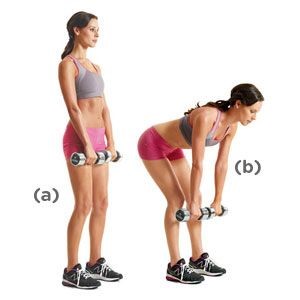
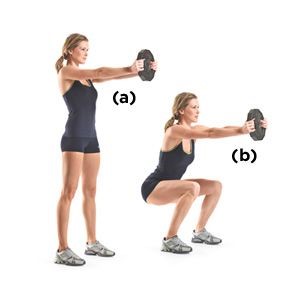
This exercise replicates picking up and lifting a compost bag or grandchild! It will help to strengthen and tone your buttocks, thighs and whole core musculature.
Technique is important: Ensure that you keep your weight into the floor and squatting back, keeping your weight over your heels-imagine pointing your toes to the ceiling-. Keep your core engaged and your back neutrally positioned as you move; don’t let your back round forwards to the ground. Build the weight and load as you get stronger day to day.
Like carrying heavy bags of shopping, like a mule, heavily laden in both hands from the car. Slowly increase the weight you can handle through regular practice and you’ll strengthen your grip and forearms and make hauling watering cans and buckets in the garden easier.
Good technique is needed: Keep your abdominal muscles engaged and keep the loads you are carrying under control, don’t swing them around. Gradually add to the water levels, to fill watering cans and increase the loads as you get stronger.
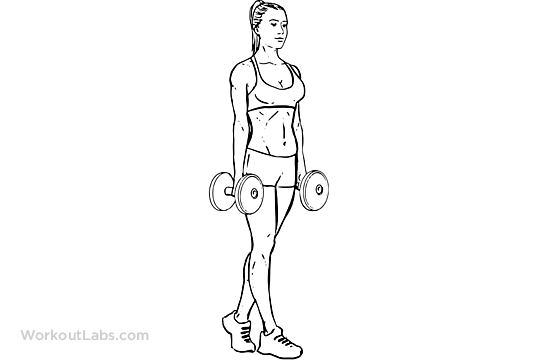
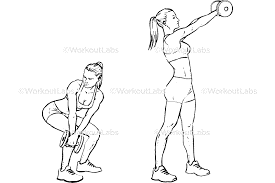
Wood chopping simulations are great all-around exercise because it incorporates both strength and stability work. Wood chop strengthens the entire abdomen and low back and pelvis as well as the arms, which should ultimately help to ensure less fatigue and back pain after a long day working in the garden. It will strengthen you for chopping logs, rotating to pull out weeds, pulling and reaching for items in the garden, or hammering of posts and tree stakes, or using a pick axe.
Good technique is needed: Keep your core muscles engaged as you carry out a purposeful, with effort, diagonal lift of a manageable weight from the outside of one knee up and over to above the opposite shoulder and back down. Your torso should rotate, but your feet should stay fixed (though it is good for the active foot to pivot as you swing and move in place). Wood chop may be performed with varying degrees of squat — with lighter weights requiring less squat at the beginning of the lift. Performed dynamically, and rhythmically this exercise can help improve cardiovascular fitness also.
These exercises will strengthen you for pushing wheelbarrow loads and lawnmowers in the garden. Push-ups work your entire upper body, including your chest, arms, and core.
Good technique: Keep your core engaged and keep your body in a straight line from top to toe. Don’t let your back arch or collapse or sway. Keep your elbows tucked in against your torso to more fully engage the triceps muscle. A modified push up involves the same straight back posture and alignment, but the push up is modified onto the knees and arms, not toes and arms.
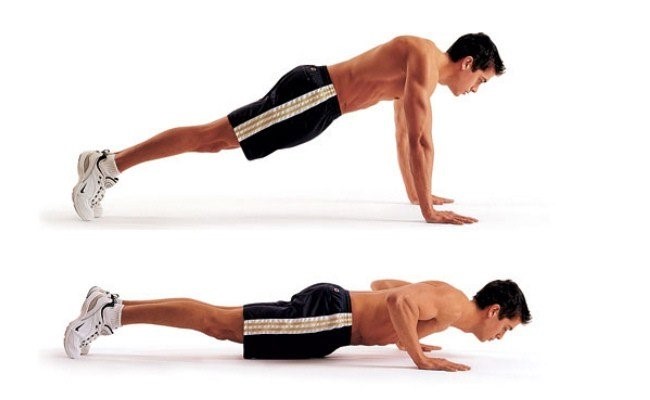
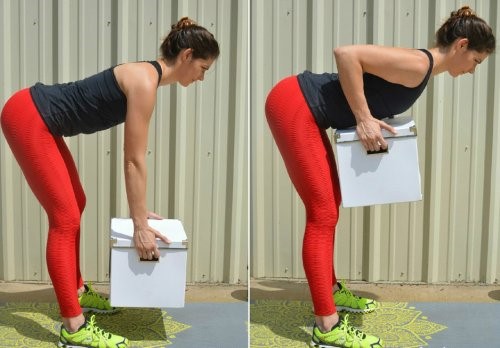
This exercise replicates the activities of raking, heavy weeding, or starting a petrol lawn mower. The exercises help strengthen your back and pulling ability and also have the added advantage of working the core muscles.
Good technique: Aim to keep your body in as straight a line as possible. Pull your abdominal muscles in or alternatively pull your weight up, keeping about a 90-degree bend in your elbow. place your feet about shoulder-width apart to make balancing easier.
A lunge mimics the movement you demonstrate when someone gets down on one knee to propose, or to tie a shoelace, or to pull up a stubborn weed. Lunges work your bottom and thighs and help to improve balance and core strength also. Gardeners who strengthen and improve their ability to lunge will be able to avoid the temptation to constantly bend over with a poor posture and an arched back, which can cause injury, and when they need to get close to the ground.
Good technique: Try not to lean down and forward as you lunge. Instead, try to keep your torso as a whole, upright and in a good posture, aim for a smooth lowering and lift action. Lower your knee towards the ground. Once you master a static lunge, you can make things more challenging with the walking lunge, and add weights.
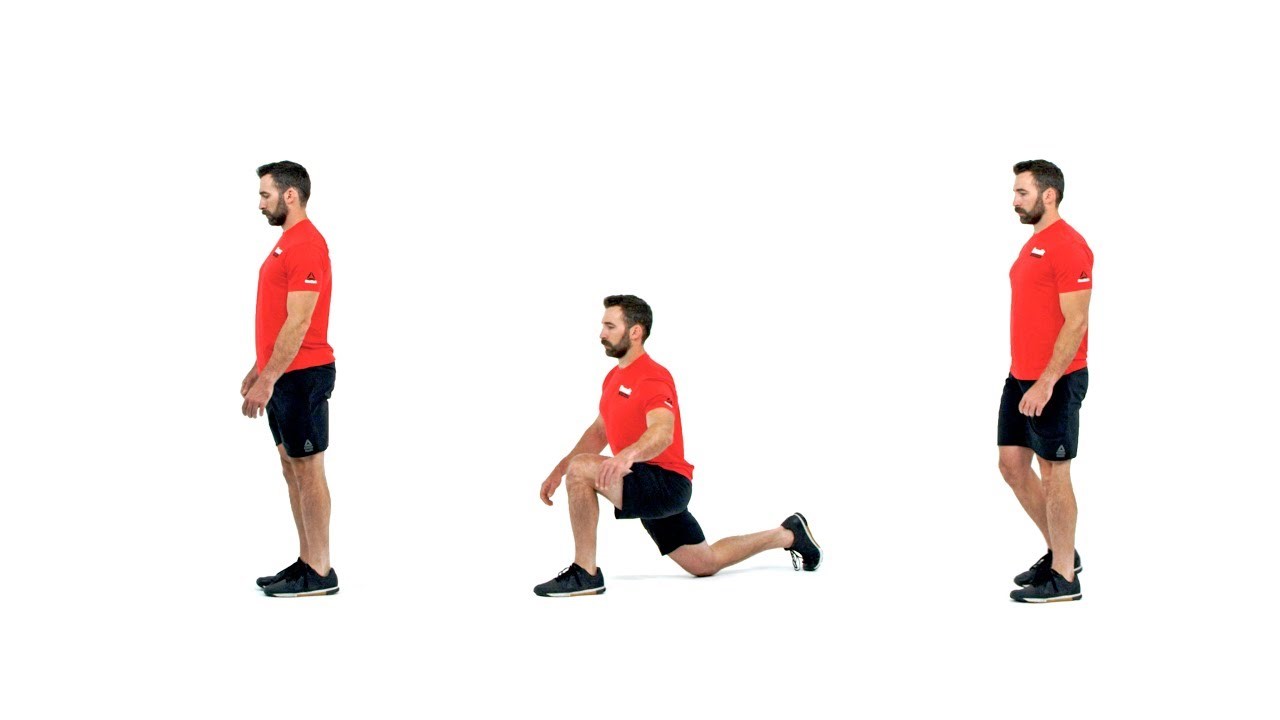
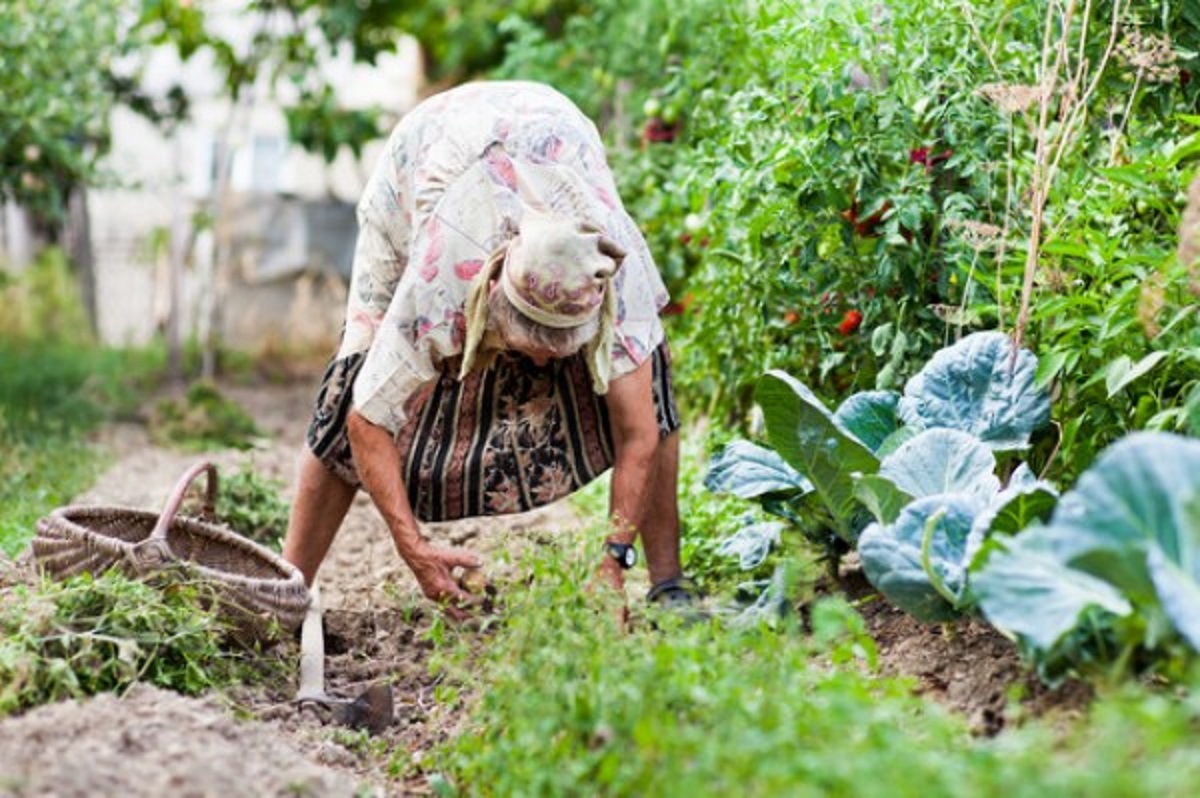

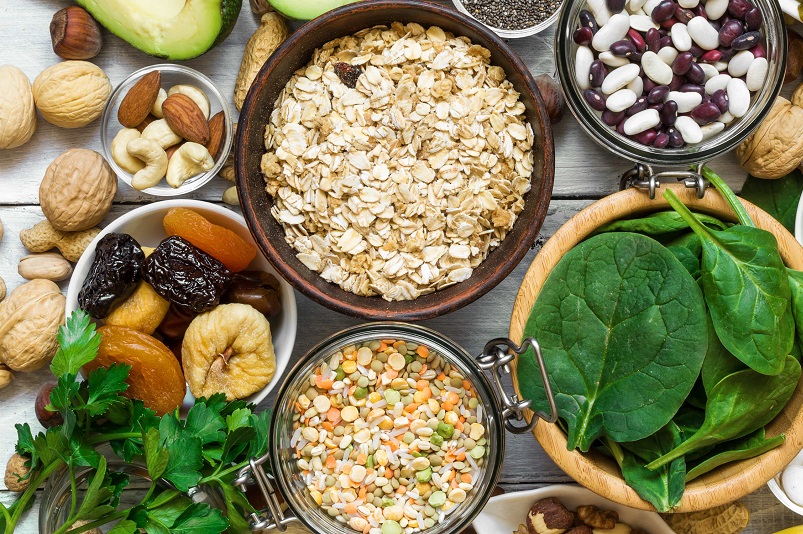

You must be logged in to post a comment.